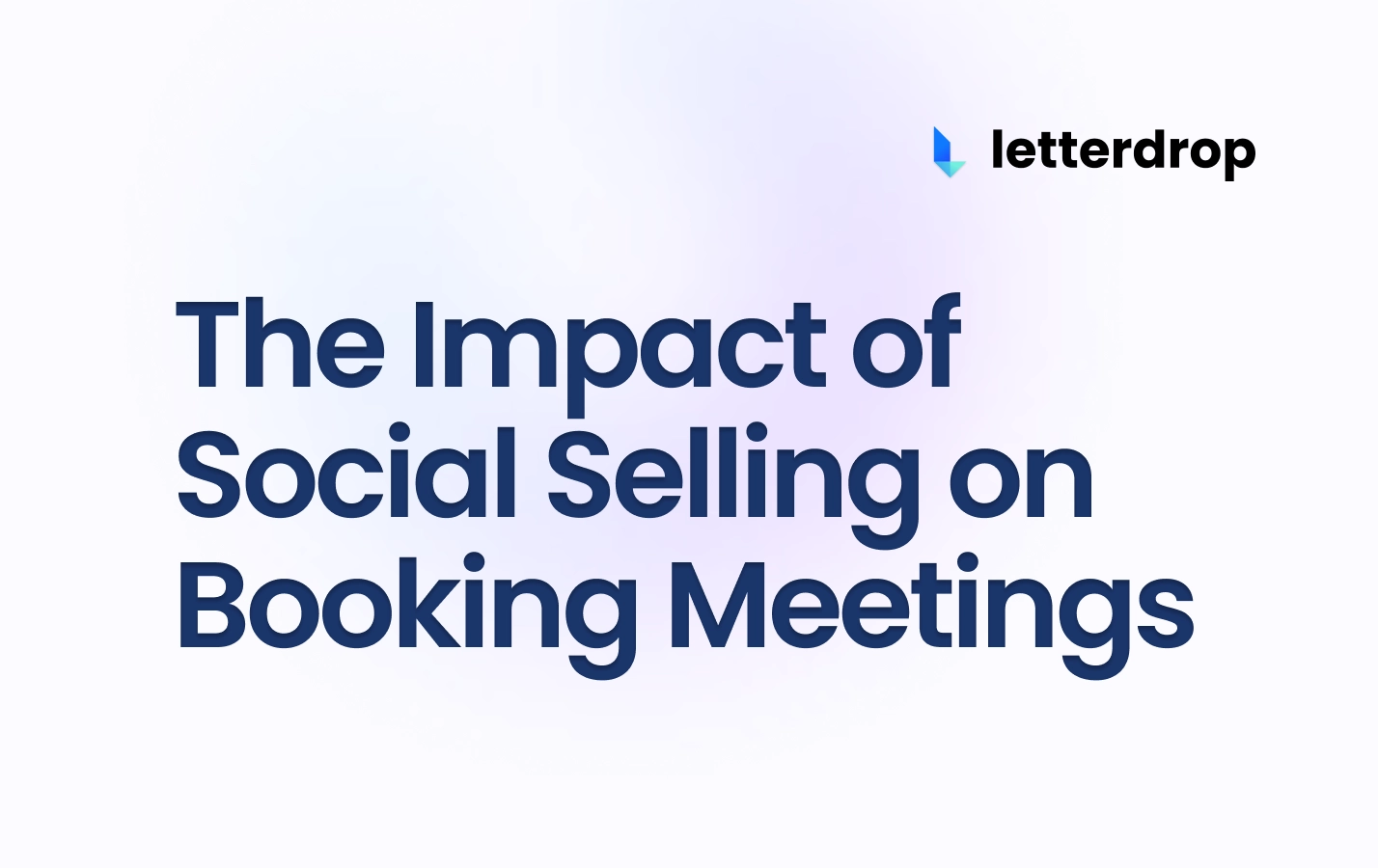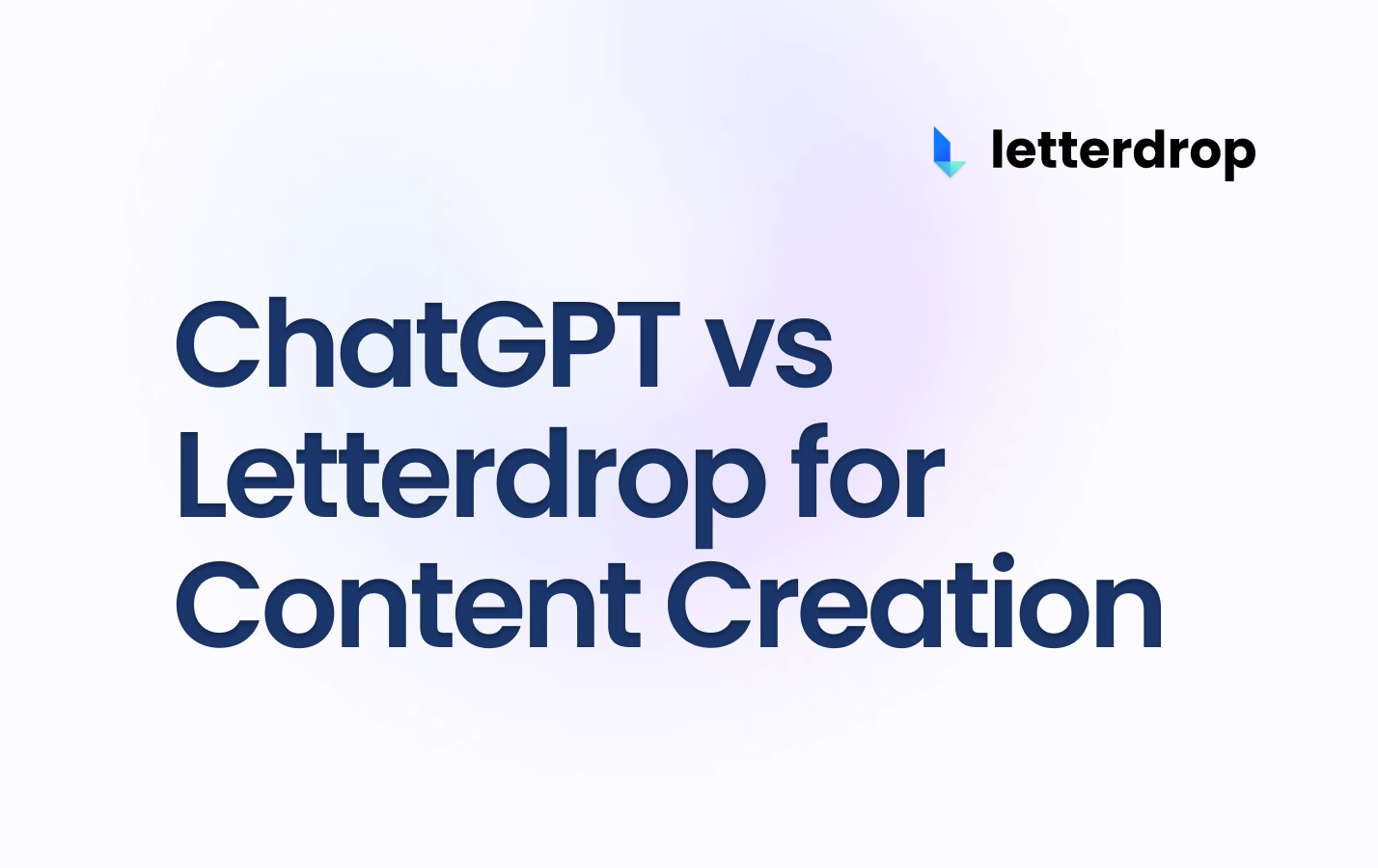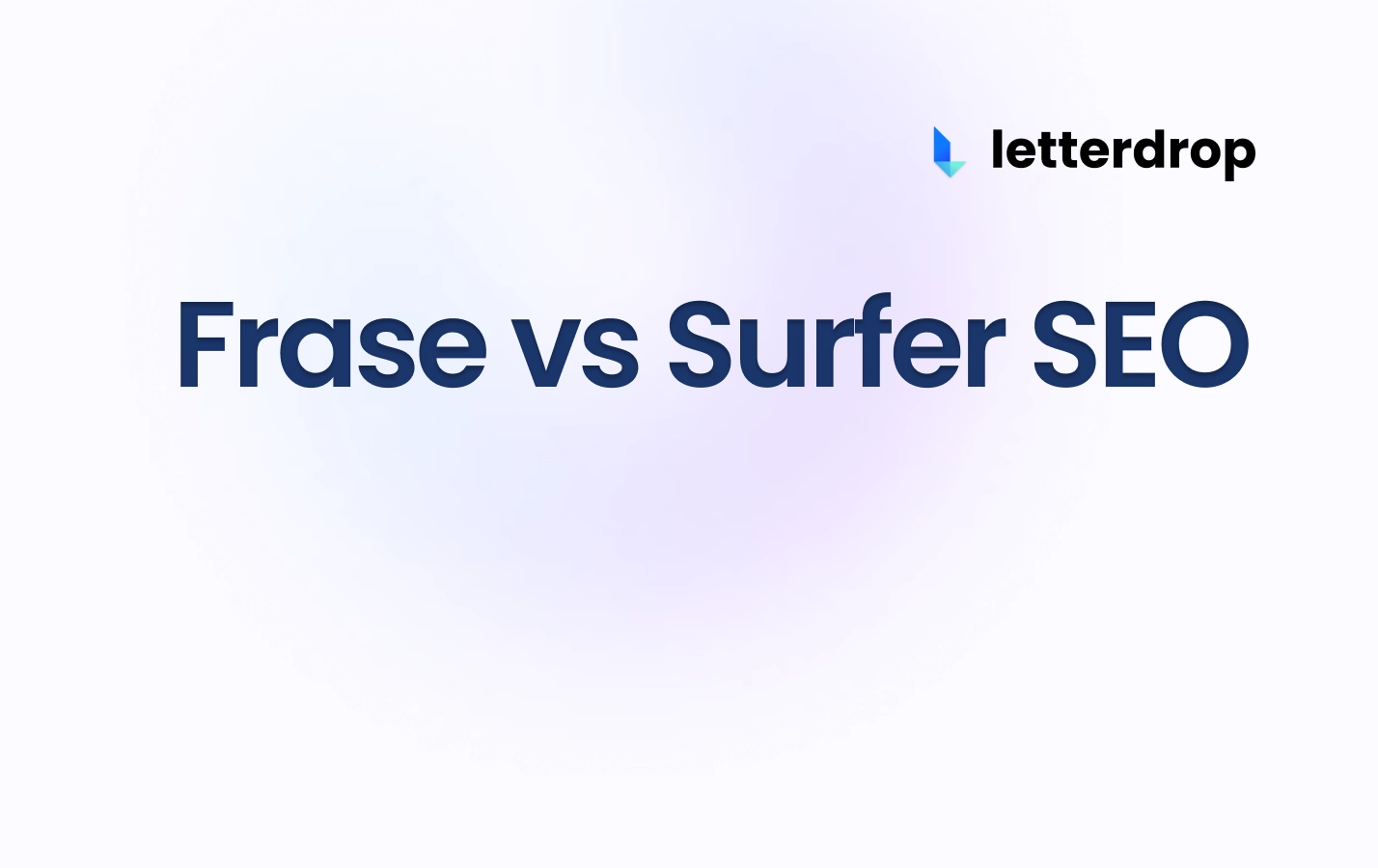A Guide to Writing Email Newsletters for Startups
To all the burgeoning startups out there, this one’s for you!
 |
You have this brilliant, new, unique startup idea and you feel like you’re finally getting somewhere. You’ve broken barriers in terms of finalizing a business plan, securing funds, and all the legal stuff.
Now, it all comes down to working on one crucial detail - developing a marketing plan so that you can build a customer base.
Social media is great for discovery in terms of brand visibility, but it's hard to connect with customers directly. Views aren't guaranteed since you’re at the mercy of feed algorithms.
Newsletters on the other hand give you a direct relationship with your audience, and you can nurture them until they’re ready to become paying customers.
In this article, we’ll explain why your startup might need a newsletter, how you can write an amazing, eye-catching one to suit your needs, and how a newsletter can convert your readership into paying customers.
Why Email Newsletters are one of the best marketing tools
A study conducted by Adobe found that users spent around 2.5 hours checking their personal mail on a normal weekday. There are 3.9 billion email users in the world today. It's expected to increase to a whopping 4.3 billion by 2023. The ROI (return on investment) for email marketing for every $1 spent is about $42. It's clear you need to think about email in some form or the other.
According to Forbes, email is the highest ROI channel for a business. The article even goes so far as to claim that “email marketing is still the most powerful tool to take your business to the next level.”
 |
People prefer email as a channel when interacting with lots of businesses, especially those where social media isn't a good fit. Don't tell that to the accounting firms on TikTok.
As a content marketer or a business owner, you should definitely consider a newsletter in your arsenal of marketing tools for direct outreach.
How should you structure your Newsletter?
Before you get to writing a newsletter for your startup, there are a couple of things that you should decide:
- Establish regularity - By making your newsletter a regular aspect of your content marketing plan, you’re ensuring that the rapport and connection you share with your readers, is continuous and constant.
- Decide on the frequency - A natural next step would be finalizing whether your newsletter is going to be a weekly, bi-weekly, monthly, or quarterly one. Pick what best fits your business needs but make sure you stick to whatever schedule you’ve chosen.
- Choose an email newsletter service - Before you get to structuring your newsletter, you have to decide on what sort of a newsletter platform would best work for your startup. Consider your audience, whether you’re going to talk about upcoming events, provide new information, give value or promote a certain product or launch and make a decision accordingly. This Ultimate Guide to newsletter platforms should give you a head start.
Perfect your Email Newsletter’s Subject Line
Any marketer who’s been in the business long enough will tell you how important the subject line of your newsletter is. It’s a make-or-break situation. Or in this case, open or ignore.
If you want your audience to open your newsletter, you have to write your subject line in such a way that they’re compelled to open it. That’s how catchy, personalized, and engaging it should be.
Here are a few things to keep in mind while writing newsletter headlines:
- Try to keep your subject between 17 to 24 characters and make sure your words are chosen well and carefully crafted.
- If you want your open rates to increase, invoking a sense of curiosity with your subject line should do the trick. If your newsletter is addressing a time-sensitive topic, for example, you could include terms like ‘important’, ‘urgent’, ‘hurry’, and so forth.
Some examples (of brilliant subject lines that have worked) to give you an idea:
 |
Letterdrop can help you generate catchy headlines from some talking points using AI models. We can also help you find an editor to proofread your work or give you feedback on titles.
 |
The Body of Your Email Newsletter Must be Scannable
Studies reveal that more than 77% of readers in mailing lists open their emails on their phones.
This means that if your content isn’t crisp, to the point and short, you’re losing out on subscribers. Because they aren’t going to have the patience to scroll past big chunks of paragraphs worth of texts.
What you can do is limit your text to short, easily skimmable paragraphs. Add bullet points, and sub-headings to make it easy on the eyes.
And most importantly, instead of hyperlinking certain phrases and texts (for your CTA), insert a neat and attractive-looking button.
Here’s something to give you an idea:
 |
Call to Action in Your Email Newsletter is Everything
Sometimes, companies tend to get excited about everything they have to offer and end up confusing their readers as a result.
If you’re going to entice your audience with freebies and talk about where customers can learn more about a topic while also encouraging them to signup for your upcoming webinar -- at the end of the day, you’ll end up with very few clicks since there are so many "next" steps to take.
Often referred to as the ‘paradox of choice’, a multiple set of options can leave readers in a state of confusion inducing them to put off making a decision or not making one at all.
What you can do though is place one, large, savvy, and creative-looking CTA button, (the one you feel will give you the most number of sales, conversions, and so forth) and make hypertext links out of the rest of the CTAs.
 |
How Newsletter Templates Can Engage Your Readership
Templates are tricky only if you decide to overindulge in terms of filling the newsletter with too much text or too many images.
Finding a balance between the two is key to an engaging, creative newsletter that stands out.
Templates don’t have to be unchanging.
Your template should reflect your startup’s brand image, vision, and goal for sure but you can do this in a minimalistic manner so that you can focus on alternating your template depending on a number of changing reasons.
Say, for example, you’re advertising an end-of-season sale or celebrating the launch of a new product -- your newsletter could reflect that through the color palette of your template.
You can make use of websites like Unsplash (Letterdrop natively integrates with it) and Pixabay to download images specifically for this purpose.
You could also take advantage of platforms such as Canva if you want to add fancy text, layers, logos, and other elements to your template.
Well, folks, we hope this article has given you an idea of everything you’d need to know before you start writing your newsletter.
 |
Subscribe to newsletter
No-BS growth strategies and content marketing tactics in your inbox twice a month.
Related Reading
Some other posts you might find helpful
















